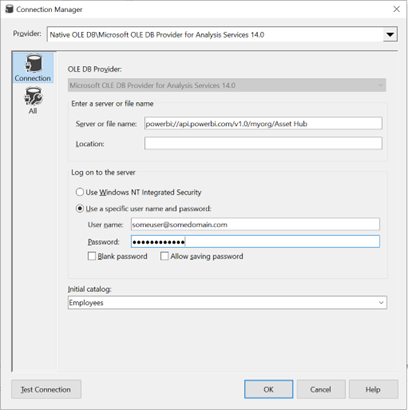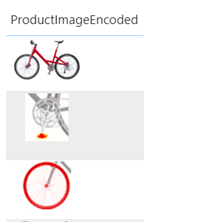Atlanta Microsoft BI Group Meeting on June 3rd (Power BI Direct Lake storage mode)
Atlanta BI fans, please join us in person for the next meeting on Monday, June 3rd at 6:30 PM ET. Shabnam Watson (Consultant and Owner of ABI Cube) will discuss the benefits of using the Direct Lake storage mode in Microsoft Fabric. Your humble correspondent will help you catch up on Microsoft BI latest. CloudStaff.ai will sponsor the event. For more details and sign up, visit our group page.
Presentation: Power BI Direct Lake storage mode: How to achieve blazing fast performance without importing data
Delivery: In-person
Time: 18:30 – 20:30 ET
Level: Beginner/Intermediate
Food: Pizza and drinks will be provided
Agenda:
18:15-18:30 Registration and networking
18:30-19:00 Organizer and sponsor time (events, Power BI latest, sponsor marketing)
19:00-20:15 Main presentation
20:15-20:30 Q&A
Venue
Improving Office
11675 Rainwater Dr
Suite #100
Alpharetta, GA 30009
Overview: Power BI engine in Microsoft Fabric has been significantly revamped to work directly with Delta files in OneLake. This brand-new storage mode is called Direct Lake which allows Power BI to achieve super-fast query performance on billion row datasets without having to import the data into Power BI. Join this session to learn how you can work with Direct Lake with just a few clicks.
Speaker: Shabnam is a business intelligence consultant and owner of ABI Cube, a company that specializes in delivering data solutions using the Microsoft Data Platform. She has over 20 years of experience and is recognized as a Microsoft Data Platform MVP for her technical excellence and community involvement. She is passionate about helping organizations harness the power of data to drive insights and innovation. She has a deep expertise in Microsoft Analysis Services, Power BI, Azure Synapse Analytics, and Microsoft Fabric. She is also a speaker, blogger, and organizer for SQL Saturday Atlanta – BI version, where she shares her knowledge and best practices with the data community.
Sponsor: CloudStaff.ai















